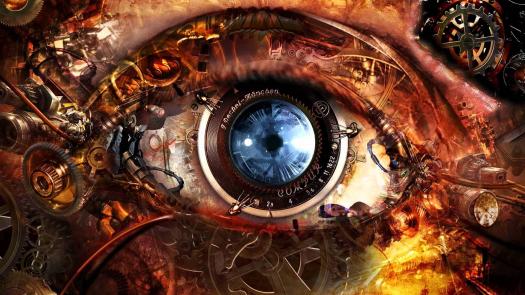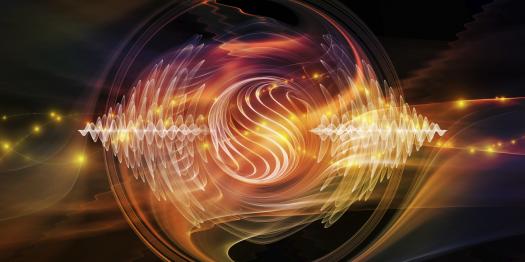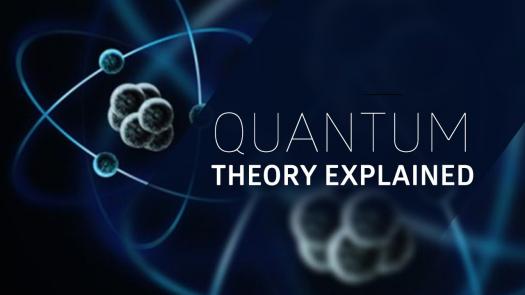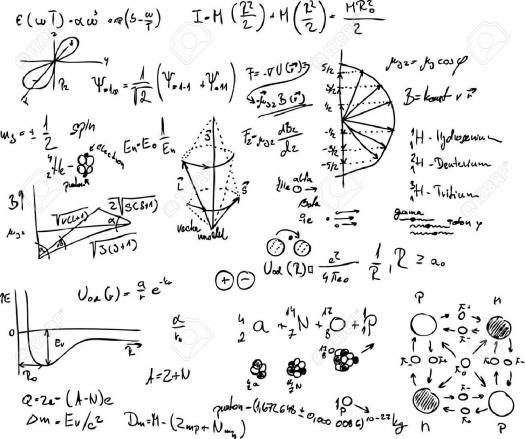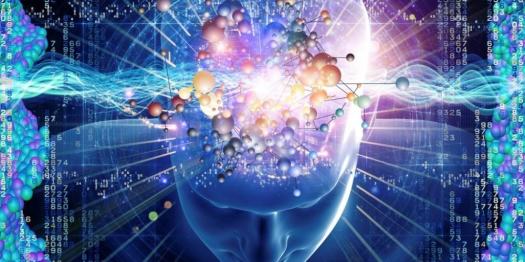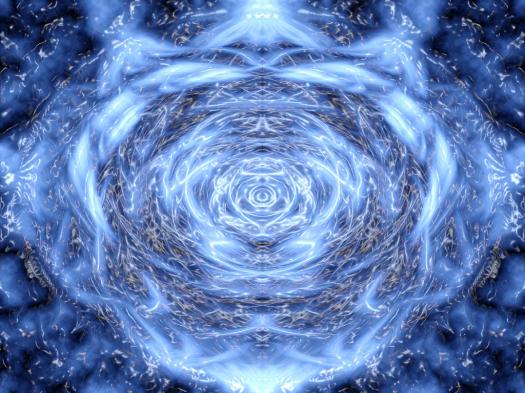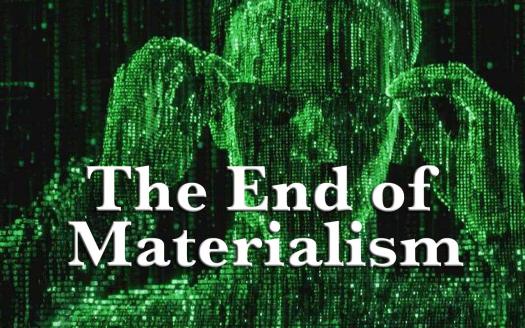How Good Are You In Quantum Physics?

Quantum physics also known as quantum mechanics, is a branch of physics which is the fundamental theory of nature at the small scales and energy levels of atoms and subatomic particles. This sounds very complex but also fascinating to most of us. So, do you think you can take our quiz on Quantum Physics ans pass? If yes, try it out now.
- 1.
Who is known to be the father of Quantum physics?
- A.
Albert Einstein
- B.
Erwin Schrodinger
- C.
Max Planck
- D.
Werner Heisenberg
Correct Answer
C. Max PlanckExplanation
Max Planck is known to be the father of Quantum physics because he introduced the concept of quantization, which revolutionized the understanding of energy and led to the development of quantum theory. Planck's work on blackbody radiation paved the way for Albert Einstein and others to further develop the field of quantum physics. His discovery of the Planck constant and the quantum of action laid the foundation for the understanding of the discrete nature of energy and the behavior of particles at the atomic and subatomic level.Rate this question:
-
- 2.
Which components are not part of quantum theory?
- A.
Quantum chemistry
- B.
Superconducting magnets
- C.
Light-emitting diodes
- D.
Biochemistry
Correct Answer
A. Quantum chemistryExplanation
Quantum chemistry is the branch of chemistry that applies quantum theory to explain and predict the behavior of atoms and molecules. It involves the use of mathematical models and equations to study the energy levels, properties, and interactions of particles at the atomic and subatomic levels. Therefore, quantum chemistry is indeed a part of quantum theory. On the other hand, superconducting magnets, light-emitting diodes, and biochemistry are not explicitly related to quantum theory. Superconducting magnets utilize the phenomenon of superconductivity, which is a macroscopic quantum mechanical effect. Light-emitting diodes operate based on the principles of semiconductor physics, while biochemistry primarily focuses on the study of chemical processes within living organisms.Rate this question:
-
- 3.
Complete the following sentence: Wavefunctions of the electron in a hydrogen atom at different --------------------.
- A.
Energy levels.
- B.
Attraction levels.
- C.
Synergy level.
- D.
Gravitation level.
Correct Answer
A. Energy levels.Explanation
The wavefunctions of the electron in a hydrogen atom vary at different energy levels. This is because the energy levels determine the specific states that the electron can occupy within the atom. Each energy level corresponds to a different orbital or shell, and the wavefunction describes the probability distribution of finding the electron in a particular state. Therefore, the correct answer is "Energy levels."Rate this question:
-
- 4.
Complete the following sentence: A scientific inquiry into the wave nature of light began in the ------------------------------------.
- A.
16th Century
- B.
17th Century
- C.
17th and 18th Centuries.
- D.
19th Century.
Correct Answer
C. 17th and 18th Centuries.Explanation
The scientific inquiry into the wave nature of light began in the 17th and 18th centuries. During this time, scientists such as Christiaan Huygens and Thomas Young conducted experiments and proposed theories that supported the wave theory of light. Huygens' wave theory explained light propagation as a series of waves, while Young's double-slit experiment provided evidence for the interference of light waves. These discoveries laid the foundation for further investigations into the wave nature of light in the 19th century, leading to the development of the electromagnetic theory of light by James Clerk Maxwell.Rate this question:
-
- 5.
Who discovered cathode rays?
- A.
Thomas Young
- B.
Julius Plücker and Johann Wilhelm Hittorf
- C.
Robert Hooke
- D.
Wilhelm Wien
Correct Answer
B. Julius Plücker and Johann Wilhelm HittorfExplanation
In 1859, the initial observations of a phenomenon were made by the German physicist Julius Plücker and Johann Wilhelm Hittorf. The phenomenon was later designated as "Kathodenstrahlen," translating to cathode rays, by Eugen Goldstein in 1876. This significant discovery contributed to the understanding of the behavior of charged particles and laid the foundation for advancements in the study of electromagnetism.Rate this question:
-
- 6.
Who were the first ones to study Quantum Physics?
- A.
Arthur Compton, C. V. Raman, and Pieter Zeeman.
- B.
Arthur Compton and C. V. Raman.
- C.
Arthur Compton and Pieter Zeeman.
- D.
C. V. Raman, and Pieter Zeeman.
Correct Answer
A. Arthur Compton, C. V. Raman, and Pieter Zeeman.Explanation
Arthur Compton, C. V. Raman, and Pieter Zeeman were the first ones to study Quantum Physics.Rate this question:
-
- 7.
Who used the Quantum theory to explain the photoelectric effect?
- A.
Isaac Newton
- B.
Albert Einstein
- C.
Henry Moseley
- D.
Niels Bohr
Correct Answer
B. Albert EinsteinExplanation
Albert Einstein used the Quantum theory to explain the photoelectric effect. He proposed that light is made up of discrete packets of energy called photons, and these photons interact with electrons in matter. According to his theory, when a photon with enough energy strikes a metal surface, it can eject an electron from the surface, causing the photoelectric effect. This explanation revolutionized our understanding of light and laid the foundation for the development of quantum mechanics.Rate this question:
-
- 8.
Complete the following sentence: The word "quantum" means------------.
- A.
How great.
- B.
"How great" or "how much".
- C.
How much.
- D.
How big.
Correct Answer
B. "How great" or "how much".Explanation
The word "quantum" can mean both "how great" and "how much". It is derived from the Latin word "quantus" which means "how great" or "how much". In the context of physics, quantum refers to discrete or indivisible quantities, indicating "how much" of something exists. On the other hand, in general usage, quantum can also mean "how great" or "how significant" something is. Therefore, the word "quantum" encompasses both meanings.Rate this question:
-
- 9.
Complete the following sentence: Quantum mechanics is essential to understanding the behavior of ----------------------------------.
- A.
Systems at atomic length scales
- B.
Systems.
- C.
Atomic length scales.
- D.
System length.
Correct Answer
A. Systems at atomic length scalesExplanation
Quantum mechanics is essential to understanding the behavior of systems at atomic length scales because at such small scales, the classical laws of physics no longer apply. Quantum mechanics provides a framework to describe the behavior of particles and their interactions at these scales, taking into account phenomena such as wave-particle duality, superposition, and quantum entanglement. It allows us to accurately predict and explain the behavior of atoms, molecules, and subatomic particles, which is crucial for various fields including chemistry, material science, and quantum physics.Rate this question:
-
- 10.
Which one of the principle below is incorparated by Quantum physics?
- A.
Classical mechanics
- B.
Principle of uncertainty.
- C.
Quantum logic
- D.
Projective space
Correct Answer
B. Principle of uncertainty.Explanation
Quantum physics incorporates the principle of uncertainty, which states that it is impossible to simultaneously know the exact position and momentum of a particle with absolute certainty. This principle, also known as Heisenberg's uncertainty principle, is a fundamental concept in quantum mechanics and highlights the inherent probabilistic nature of the quantum world. It implies that the more accurately we try to measure one of these properties, the less accurately we can know the other, leading to a fundamental limit on the precision of our measurements in the quantum realm.Rate this question:
-
Quiz Review Timeline +
Our quizzes are rigorously reviewed, monitored and continuously updated by our expert board to maintain accuracy, relevance, and timeliness.
-
Current Version
-
Jan 02, 2024Quiz Edited by
ProProfs Editorial Team -
Aug 18, 2017Quiz Created by
Anouchka



